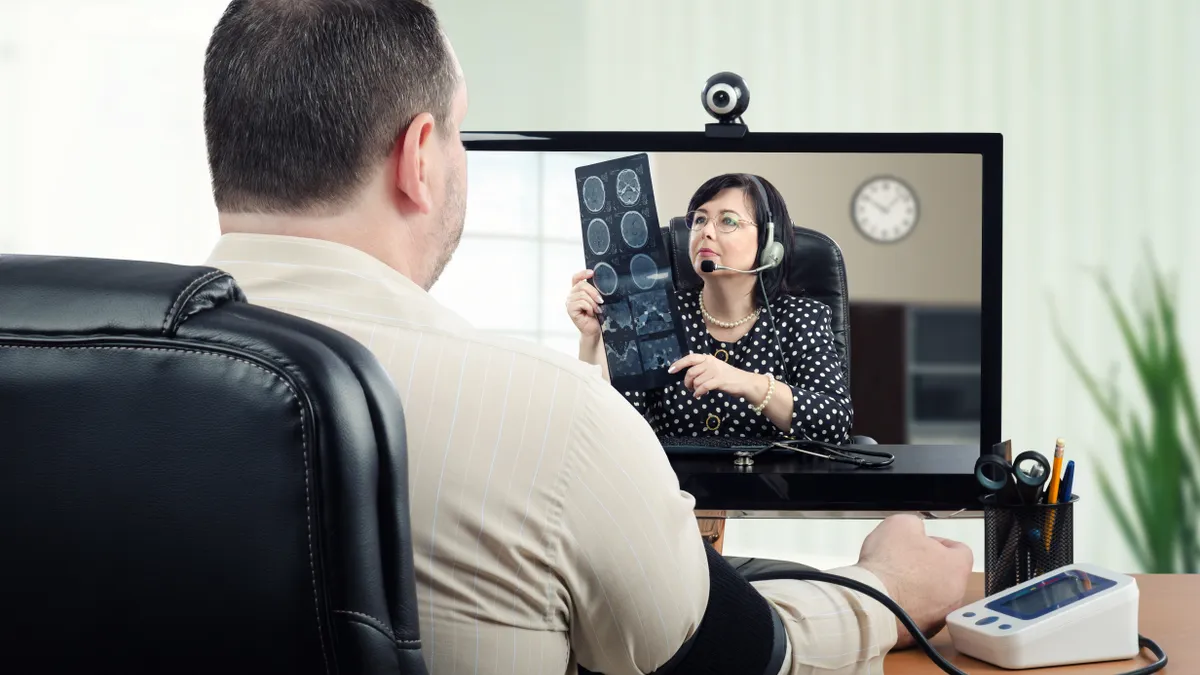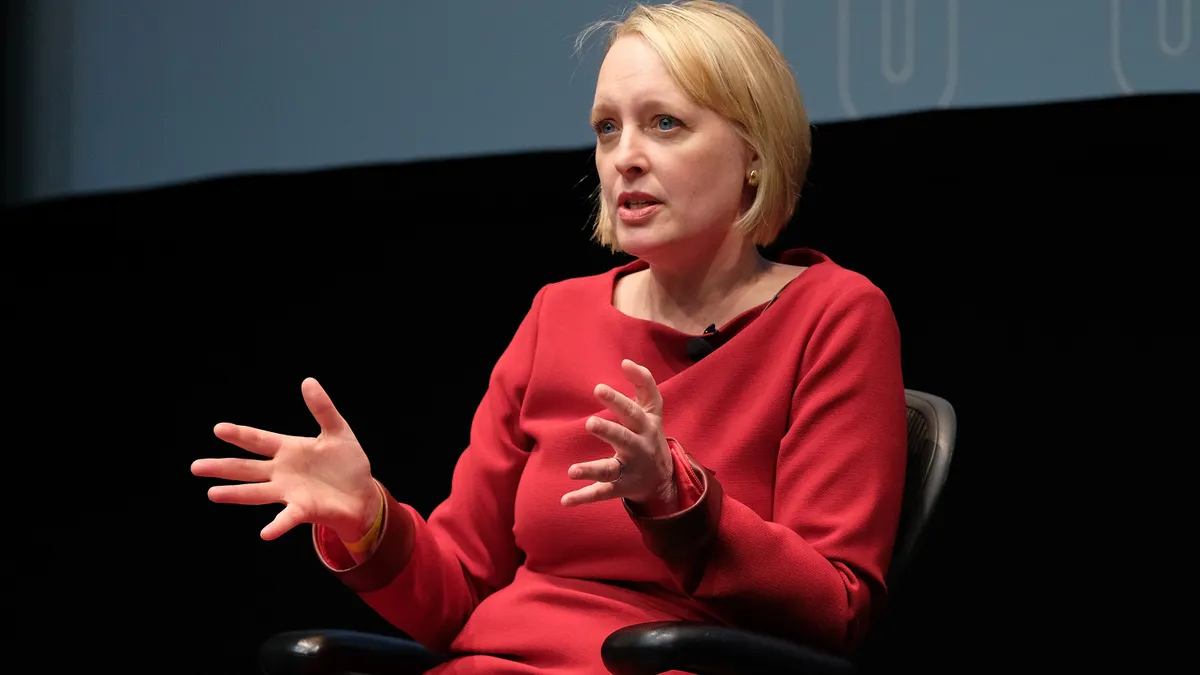Connecticut Gov. Ned Lamont signed an executive order April 22 expanding the state's legal definition of a telehealth provider to include licensed dentists, behavior analysts and genetic counselors, among other specialized professionals.
The order also modified or suspended certain state regulations on telehealth services, including a provision that would allow the state's public health commissioner to suspend, for 60 consecutive days, Connecticut regulations pertaining to the licensure, certification or registration of certain out-of-state health providers.
Connecticut follows a number of other state actions to expand the use of telehealth. In Maryland, for example, Gov. Larry Hogan issued an executive order authorizing providers to deliver healthcare services via telehealth and audio-only calls to patients and establish a patient-provider relationship via such care delivery. New Jersey Gov. Phil Murphy announced similar actions in March.
The movement by local governments to facilitate uptake of telehealth presents an opportunity for healthcare changes for which employers have long advocated, Steve Wojcik, vice president, public policy at the Business Group on Health, told HR Dive in an interview. That includes provisions like the one in Lamont's executive order that suspend licensing requirements for out-of-state practitioners. "If someone is verified as a telehealth provider in one state, they should be able to practice it in another state," Wojcik said.
States originally enacted laws covering in-state licensure primarily to protect healthcare businesses within their borders, Mary Kay O'Neill, partner at Mercer, told HR Dive in an interview. But the mixture of these requirements resulted in what O'Neill called "a nightmare" for telehealth providers, and this concern has grown thanks to higher demand for telehealth during the COVID-19 pandemic.
"There has been a huge pivot across the country to being able to access care by phone or various kinds of video apps," O'Neill said. "Physicians who never got anything like this before are doing it all day every day."
Regulatory changes are occurring at the federal level, too, due to the temporary relaxation of rules by the U.S. Department of Health and Human Services and other provisions enacted by the Coronavirus Aid, Relief, and Economic Security Act. Among other items, these changes loosened restrictions on pricing and billing for telehealth services, as well as the platforms care providers are allowed to use for telehealth purposes (which now includes certain video apps), O’Neill said.
But it's the behavioral changes consumers and care providers are exhibiting that show how much telehealth could alter the employee benefits landscape after the pandemic subsides. "Many patients who never bothered to figure this out now have telehealth experience delivered through this channel," O'Neill said. "I think it's going to be a big game changer in the long run."
Health systems are also realizing the benefits of telehealth, Wojcik said: "One of the positive outcomes of the pandemic is the realization by health systems and physicians who were potentially reluctant to go the virtual route is that this can work."
However, many of the regulations enacted across the U.S. are emergency rules, O'Neill noted. Healthcare stakeholders, including employers, will need to ensure that telehealth providers are still delivering a high quality of care, she said, and though utilization is promising at the moment, some patients will still want to have an in-person interaction with their physicians. Not all medical fields have figured out how to efficiently transfer to telehealth.
Despite those challenges, O'Neill predicts there will be a vastly different landscape for telehealth after the pandemic. Patients and providers may be much more familiar with how the service works, and the systems that insurers and others build around telehealth may make it even more difficult to return to the state of healthcare prior to COVID-19. "I think a year from now, to have a health plan say we're going back to the way it was … people will be up in arms quite frankly, and the docs may be as well as the patients," she said.






















